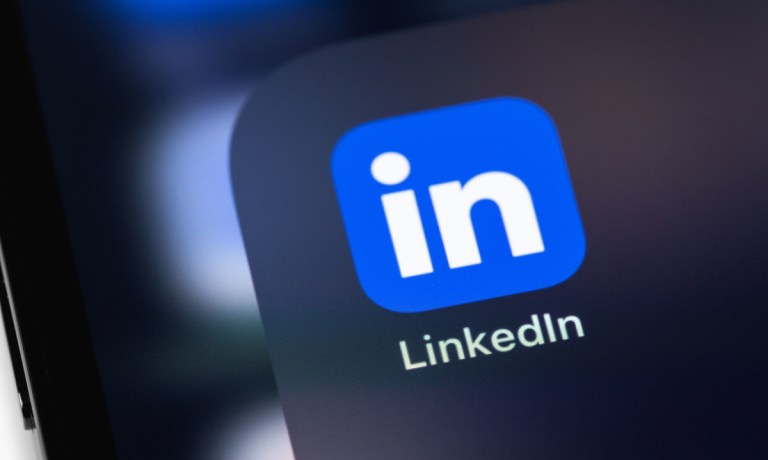LinkedIn Ad Revenues Surge as Companies Flee X

Elon Musk’s loss in the social media advertising space has apparently been LinkedIn’s gain.
The Microsoft-owned professional networking site has seen a jump in ad revenue as companies jump ship from Musk’s X platform, the Financial Times (FT) reported Thursday (Dec. 28).
Yearly ad revenue at LinkedIn climbed to nearly $4 billion for the year, a 10.1% increase, the FT report said, citing estimates from research group Insider Intelligence, which also forecast another 14.1% increase in the coming year.
Marketing execs and ad industry insiders told the FT that the cost of ads on LinkedIn — sold by auction and set by market demand — had risen along with interest from companies, with prices in some cases surging by 30% over the last year.
“This is LinkedIn season,” Leesha Anderson, vice-president of digital marketing and social media at ad agency Outcast, said in the report. “Most have switched over to LinkedIn over the past year … A few weeks ago most of our clients were off X. Now they are all off X.”
Advertisers have fled X — formerly Twitter — since Musk purchased the platform last year. The company had fought to win those clients back, a battle that became much harder after Musk endorsed an antisemitic conspiracy theory.
Since then, companies that include Walmart, Disney and Apple have left the platform. Musk, during an interview in November, told those brands to “go f–k” themselves.
This month saw reports that X has been generating about $600 million in ad revenue per quarter this year, down from the more than $1 billion per quarter it took in last year, with ad sales making up as much as three-quarters of the platform’s revenue.
A report by Bloomberg News said that X had initially aimed to reach $3 billion in revenue from advertising and subscriptions for 2023, but will likely miss that target.
The FT report mentions a recent pitch deck for marketers in which LinkedIn offered potential advertisers the chance to “work with a partner who respects the world you operate in.”
However, the report also notes LinkedIn — which last month marked 1 billion users — still has a way to go until it’s in the same category as its rivals, as it accounts for just 1.5% of digital ad spending in the U.S., compared to a respective 27% and 21% for Google and Meta.